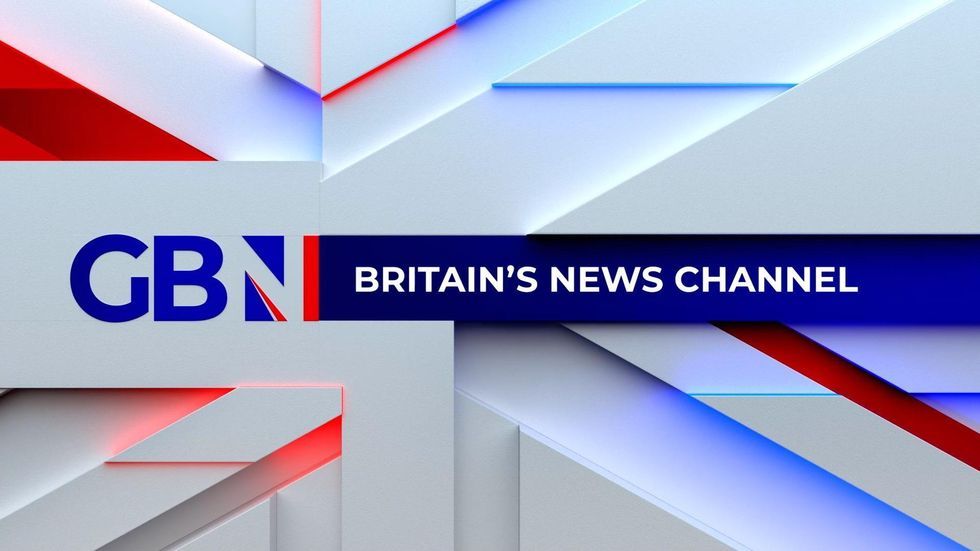Don't Miss
Most Read
Trending on GB News
The organisation which tested Grenfell cladding appeared to “copy and paste” the outcome of an annual fire report over 15 years, an inquiry into the disaster has found.
Phase two of the probe is examining how the skyscraper in west London came to be coated in flammable materials that contributed to the spread of flames, which shot up the tower in June 2017, killing 72 people.
Module six of this phase is concerned with building regulations and the published guidance on fire safety.
The inquiry heard on Tuesday that the Building Research Establishment (BRE), which was contracted by the Government to carry out fire testing, had the same “synopsis of findings” for every annual “Investigation for Real Fires” report between 2001 and 2015.
The annual report, which was put together by the BRE for the Government, was aimed at looking for any emerging trends in building fires by looking at hundreds of incidents that had happened in the UK each year in order to assess whether regulations needed amending.
In the report for the year up to March 2009, which was shown to the panel, the “synopsis of findings” read: “The findings of this report have reaffirmed the overall effectiveness of Building Regulations and AD B (Approved Document B) in providing for the safety of life in the event of fire.
“Most of the significant issues that have been identified during this study fall outside the scope of these regulations.”
Richard Millet QC, counsel for the inquiry, asked Dr Debbie Smith, the former managing director of the BRE: “Were you aware that each and every final report for each BRE ‘Investigation for Real Fires’ for the Government have reached exactly the same conclusion using exactly the same wording?”
Dr Smith simply replied: “No,” before later adding she was not aware of who may have drafted or approved the wording of the synopsis.
Mr Millet then suggested it “can’t possibly be right” that the findings were exactly the same in each report, covering “hundreds if not thousands” of fires over 14 years.
Dr Smith said: “I don’t know”.
Mr Millet told Dr Smith that his conclusion was that the BRE findings in this period “was not only meaningless, I suggest to you, but self-evidently false”.
Dr Smith replied: “I do not know without looking at this in great detail.
“I’m assuming that very competent individuals who are very professional about their work would have considered this within the context of the report they were writing.
“It wouldn’t be right for me to sit here now and make some statement without having the opportunity to be able to go back and revisit it all and review that.”
On whether she noticed if the findings were identical, she said that she saw “very few” of the reports over the 14 years and so “the pattern would not have been evident”.
Sir Martin Moore-Bick, the chairman of the Grenfell Tower Inquiry, asked Dr Smith: “Is this the sort of document that ought to be subject to a cut and paste approach or a copy and move on approach?
“The impression I have for the last few answers you’ve given is that this paragraph has just been repeated because this word processor enables you to retain it from the previous document.
“It suggests that the mind has not been applied to what has been said, because if it had been it might have been expressed in a slightly different way.”
Dr Smith answered: “Yes, I mean I don’t know whether it was a cut and paste into every report.”
“I’m surprised that it is repeated in that way from 2001,” she added.
The comments came after the inquiry heard that concerns that the UK would become a “dumping ground” for inferior construction products.
The inquiry was shown documents from meetings in 2002 and 2003 which showed officials discussing plans to harmonise the UK’s building guidance with standards being developed in Europe, including whether they should introduce CE Markings – a European product standard.
This move would mean disposing of the national British standard called “Class 0” in favour of the new Euroclass standards.
But the Government allowed this guidance to remain in a “transition phase” from 2002 until 2018 – a year after the Grenfell Tower fire.
The inquiry was shown minutes for a 2002 meeting attended by both Dr Smith and Anthony Burd, the then-principal fire safety professional at the Department for Communities and Local Government.
Minutes for the BRE meeting with Mr Burd read: “Members expressed concern that, if the UK were to continue by not making the CE marking mandatory, it would become a ‘dumping ground’ for inferior products that could not be sold in other Member States.”
The Reynobond PE, a type of ACM cladding that has been largely blamed for the rapid spread of fire at Grenfell Tower, was sold by French firm Arconic to UK customers.
The inquiry continues.











